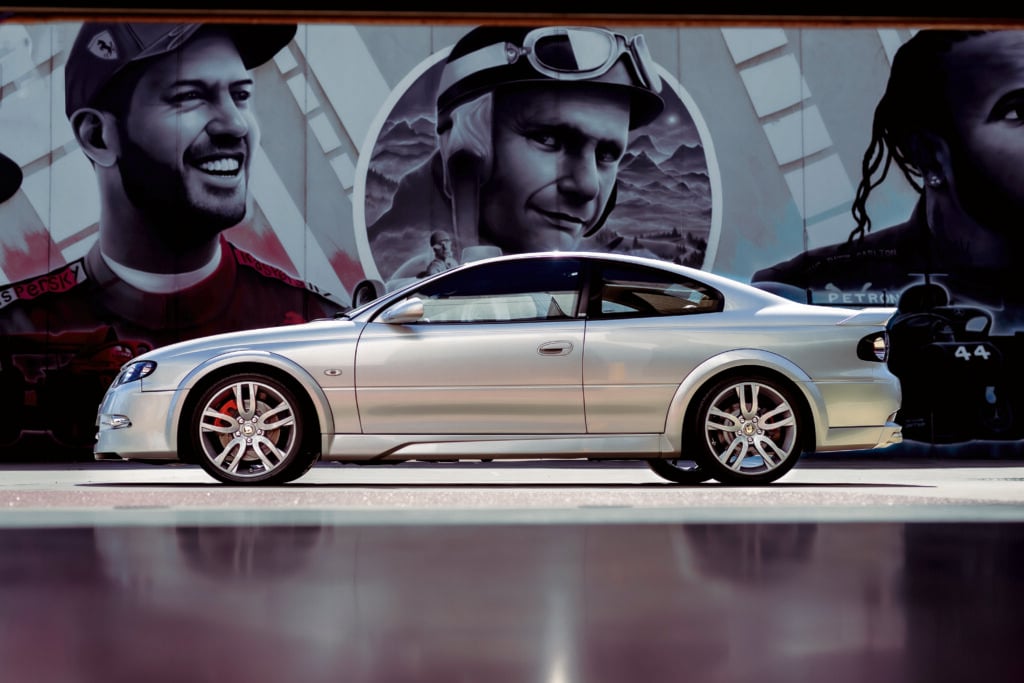The man in charge of the performance world’s most famous single letter, M, closes his eyes and shakes his head, a pained expression passing across his face.
Frank van Meel is cold, his chin tucked into the high collar of his branded jacket as we huddle around a feeble gas heater in pitlane at The Bend near Adelaide, yet he’s working himself into a lather as he explains the complexity of making BMW M’s first ever fully electric car.
Finally, after delving into the benefits and challenges using four individual electric motors on M’s forthcoming EV, which is already testing, should produce in excess of 1000hp (745kW) and will debut a cutting-edge control unit known as ‘the hand of God’, van Meel sighs and says: “It’s… complicated”.
He’s right, of course, but technical complexity is just one of the challenges facing M’s first EV. The bigger question mark surrounds how it’ll be received by M’s diehard fan base…
Right now BMW M is on a roll. The M5 CS is one of the company’s best ever efforts, the new M2 is punchy, engaging and continues the magic of the original and then there are the M3 Touring and M5 Touring, cars that threaten to usurp the mighty Audi RS4 and RS6 as the ultimate all-weather, everyday performance cars.
But there are treacherous waters ahead. The polarising XM, which is the company’s second bespoke car following the legendary M1 of the late ’70s, is getting a lukewarm reception from the press and M’s traditional fan base.
And once petrol engines, evocative soundtracks and manual gearboxes make way for electrons, how does M retain its identity?
This isn’t a distant horizon, either. M says more than half of its volume will be electrified by 2027.
Which is perhaps why Frank van Meel has returned as the boss of M. This is the 46 year-old Dutchman’s second tilt at M’s top job, having previously held the role between 2015-18.
A car industry veteran, van Meel studied engineering in Berlin before working at Continental and then landing the top job at Audi Quattro (now Audi Sport) where he established his performance credentials by overseeing models like the R8 supercar and TT RS.
A switch to BMW followed in 2014, with van Meel’s first stint as the head of M seeing the famously rear-driven brand embrace all-wheel drive with the introduction of a new, fully variable system on the M5.
It also fleshed out M’s model hierarchy, with the line-up expanding to include the sought after (and profitable) Competition, CS and CSL badges. But then BMW’s HR department came knocking…
“At BMW Group you’re not supposed to do one job longer than five years,” van Meel tells us. “So after four years, I had to move to headquarters to get to know BMW better.”
Van Meel’s new role made him responsible for Total Vehicle Development, which had a strong focus on future vehicle architectures and strategy for EVs – handy homework when his current task is dragging BMW M into the electrified age. So what is van Meel’s philosophy on high-performance EVs?
“Our overall goal is to be better than the current M cars,” he says, rather simply.
M’s electric expansion is already well advanced, of course. The i4 M50 and upcoming i5 M60 are just two examples of fully electric models already in market. And M debuted its first ever plug-in hybrid powertrain in the XM SUV, which combines a 4.4-litre twin-turbo V8 with a 25.7kWh battery and a single e-motor to produce outputs as high as 550kW/800Nm.
The new M5, which is due to arrive later this year as both a sedan and a wagon, is also heavily tipped to use plug-in power, though it’s unlikely to top the XM for power.
“I think there is a natural limit where you say even more power does not help,” van Meel says. “And with 750 horsepower (560kW), I think that is the top of what you should do with a drivetrain like that because I mean, okay you can do even more, but the car doesn’t get faster anymore. The overall harmony in the car is perfect with 750 horsepower.”
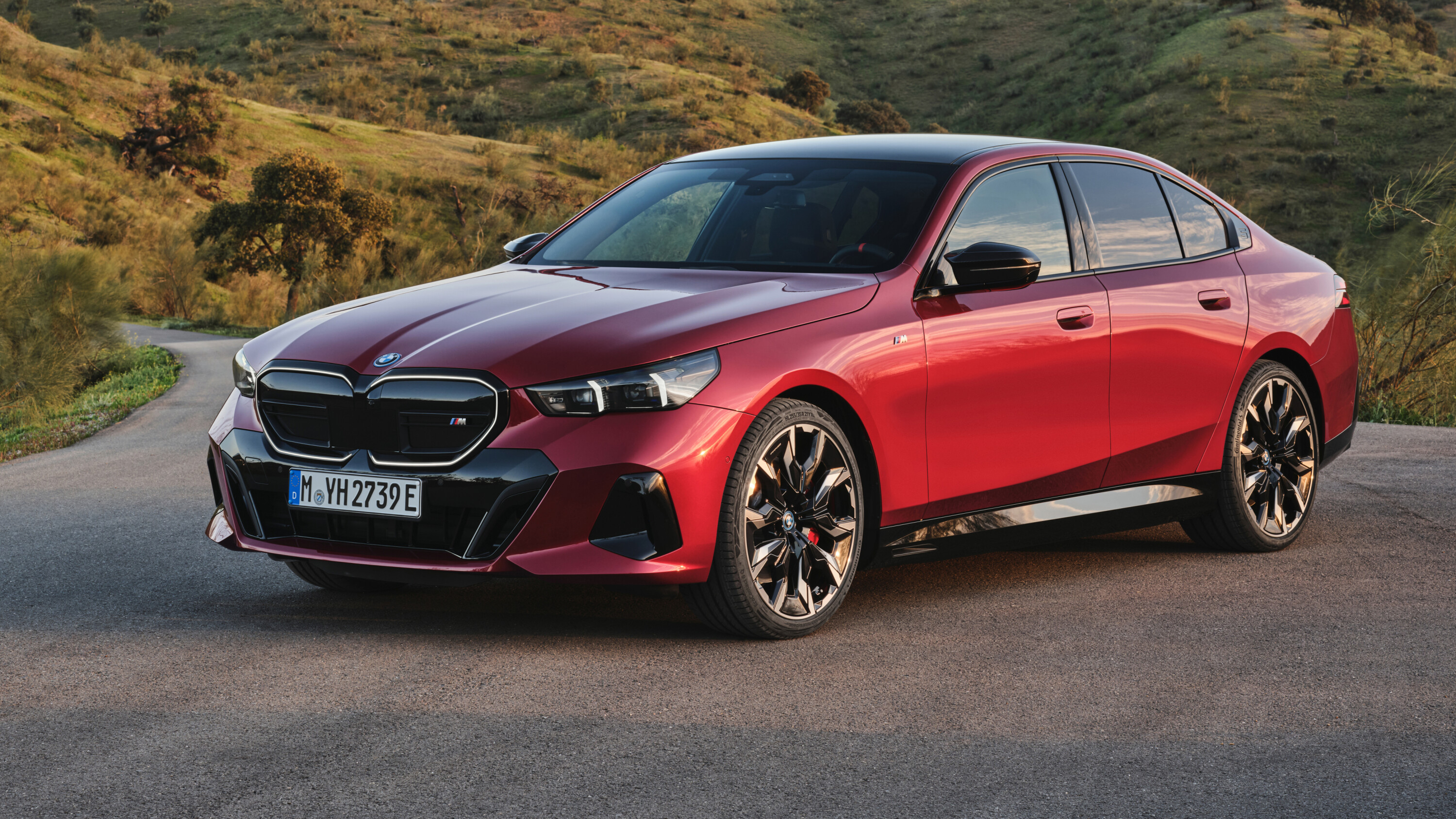
Prioritising balance and connection, rather the outright power, provides an interesting insight into how van Meel is approaching the challenge of creating M’s first ‘full fat’ EV.
Already being tested as an i4 development mule, M’s forthcoming quad-motor EV is likely to produce in excess of 1000hp (750kW) but van Meel is more concerned about repeatability of performance rather than a headline power figure.
“The interesting thing if you look at electric performance is how much performance can you deliver continuously,” he says. “It’s very easy to have huge numbers in like a ‘boost mode’ and for like 10 seconds say I can give you a megawatt out of the e-motors, so 1360hp. But actually, it doesn’t help because you use it once and then the car needs 10 minutes to cool down.”
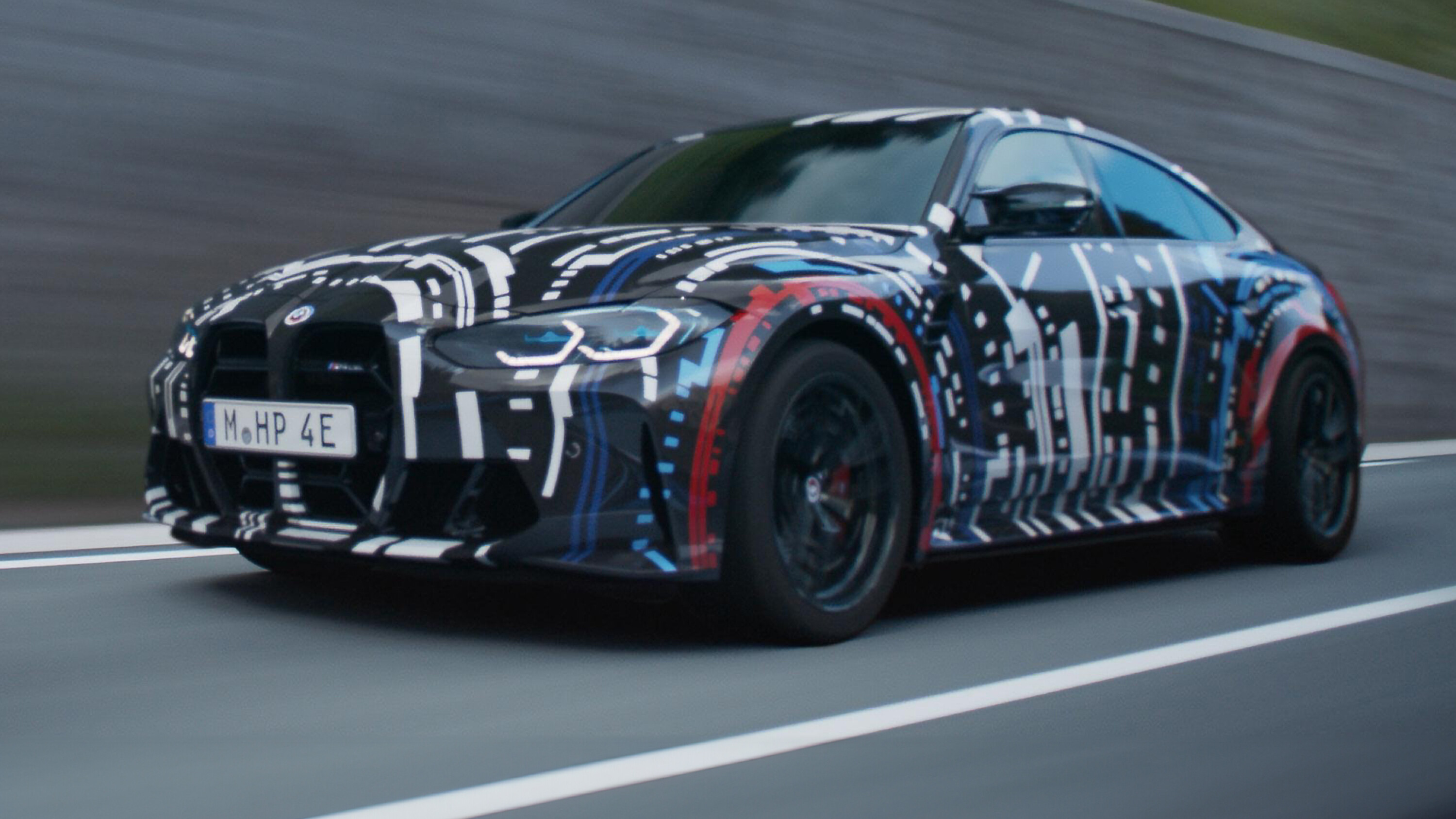
“There will be a few that can stay on the track and the other ones who are just show offs”
Building a high performance EV that can maintain its peak power for extended periods is clearly a top priority for van Meel, with the Dutchman predicting a divide between manufacturers chasing a big power number and others who place more of a focus on track driving.
“There will be a few that can stay on the track and the other ones who are just show offs,” he says.
“What’s really important for high-performance electric cars is they have this continuous power. And that’s in regards to the electric motors but also in regards to the high voltage battery cooling system and the cabling.”
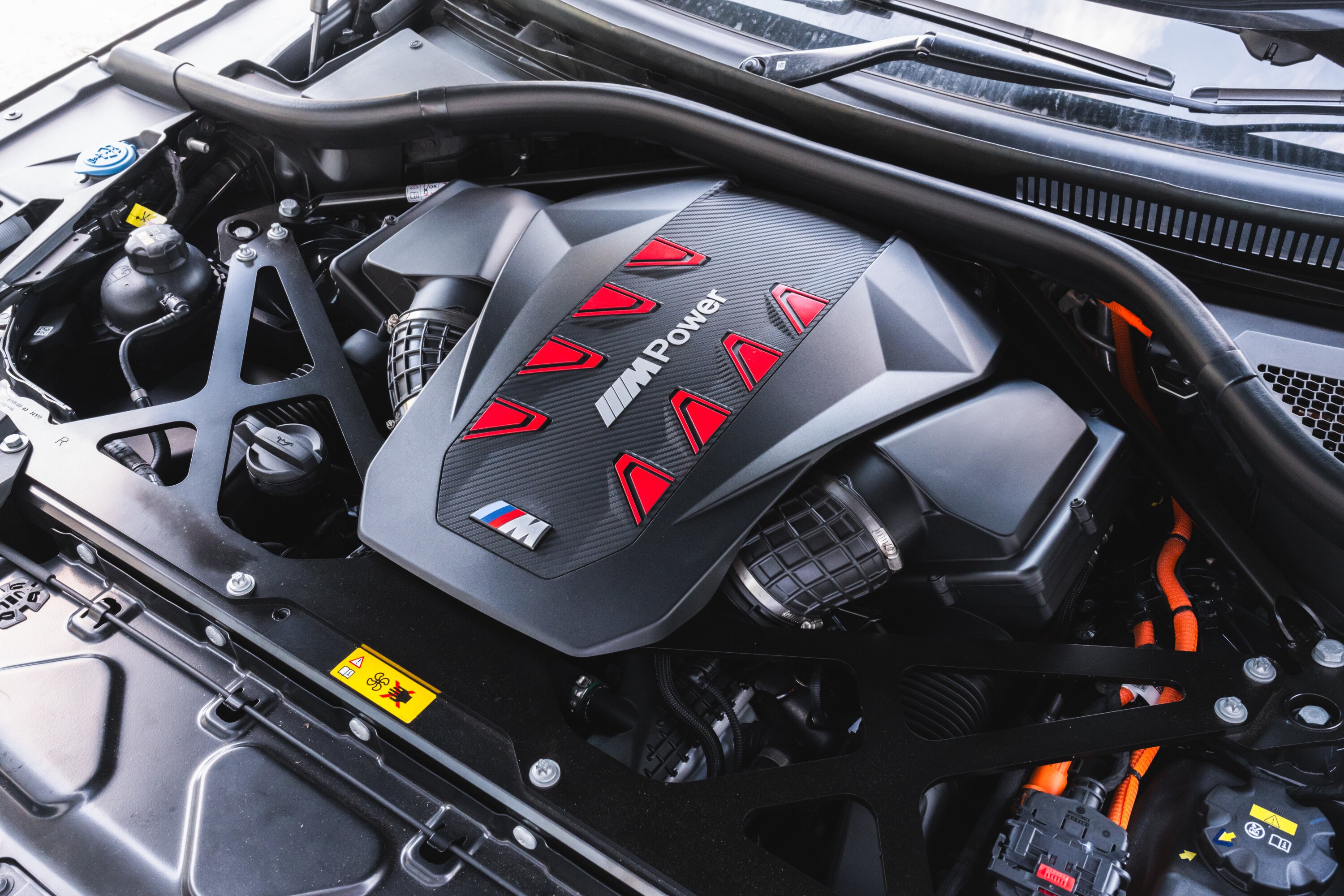
Which is where BMW’s potentially groundbreaking ‘integrated driving dynamics system’ comes in.
Known inside M as ‘the hand of God’, it’s easiest to think of the system as a gigantic brain that won’t only control the four individual e-motors and electronic stability and traction control systems but also the braking regen (van Meel says up to 1G of deceleration is possible) and torque vectoring.
“It’s very clear you need a centralised control unit,” says van Meel. “And with that, you can also make the car drive like something you’ve never seen before.”
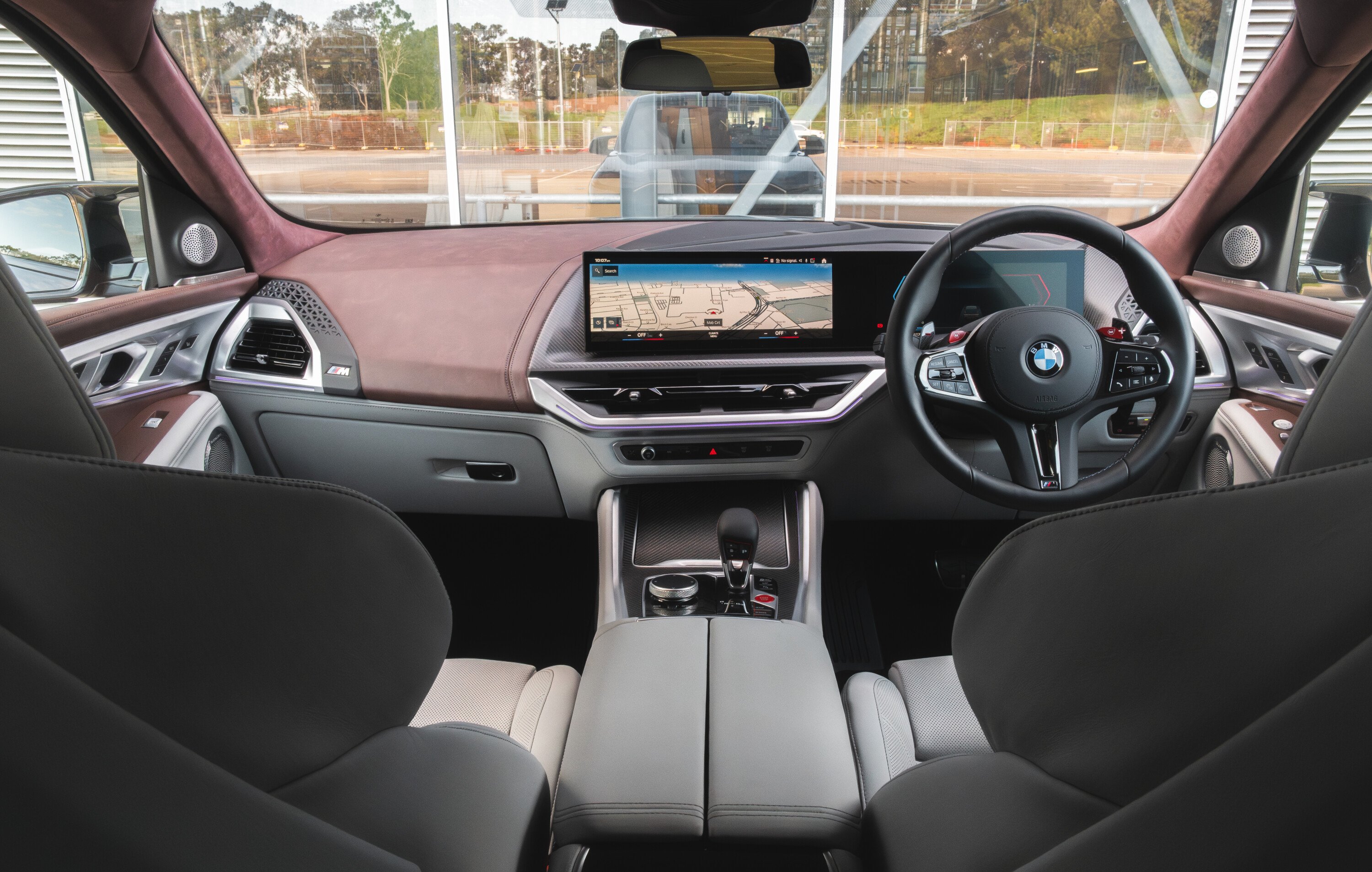
The issue, and the reason the usually reserved father of six gets quite animated during our interview, is that making ‘the hand of God’ work is proving to be quite the challenge.
“It’s the next step and it’s even more difficult that the already difficult task of getting the continuous power output,” van Meel says. “We need a completely different kind of system architecture, including software. So it’s hardware, it’s software and it’s the drivetrain and only if you can manage those things, and all of those things, do you get the perfect car. And that’s what we’re striving for.”
Time is on van Meel’s side, for now. Ask him to commit to a date for M’s first EV and all he’ll offer is “it’s going to take place this decade”, suggesting the evolution from combustion to hybrid to full electric will be a steady but inevitable progression. There will be some casualties along the way, though…

M has already firmly ditched dual-clutch gearboxes in favour of conventional automatics.
And if you ask van Meel about the future of the manual, his response is swift and brutal: “they will disappear”. Happily the news is brighter when it comes to the iconic straight six.
“The market is booming for six-cylinder inline engines,” he says. “We love it and the customers love it, so it’s probably going to be around for quite a while.” Hurrah.
So it’s shaping up to be a busy half-decade for BMW M. On top of developing its first EV, it’s also chasing an aggressive sales increase and hopes to top 200,000 units globally this year. Motorsport is also expanding, with the German brand returning to top tier prototype racing at Le Mans in 2024.

Despite the potential for distraction, however, it’s clear that building cars with a sense of connection is a top priority for van Meel. As is exploring ways to keep weight gain as low as possible, despite the unavoidable heft of EVs.
“Of course, with battery driven cars, the weight will go up,” he says. “ The good thing is we have been fighting weight since the beginning because weight is our, let’s say, basic enemy.
“But it’s like in racing, you have this window of performance and it’s always about aerodynamics, weight, fuel consumption and efficiency. So that’s what we’re used to. So it’s finding a new position in that window of performance.”
View it that way and van Meel’s challenge suddenly doesn’t seem so daunting. The ingredients for an electrified future might have changed, but the overarching method is reassuringly familiar: to deliver an engaging driver’s car. And on that front, BMW M and Frank van Meel have form.
We recommend
-
 News
NewsFrank van Meel returns to head up BMW M division
After a three-year hiatus, van Meel is back in his old role
-
 Reviews
Reviews2023 BMW M3 Touring review
The best family car you can buy? The ultimate M3? We drive BMW’s first ever M3 wagon
-
 Reviews
Reviews2023 BMW XM review
Plenty of shock and awe but not one of M's greatest achievements...



